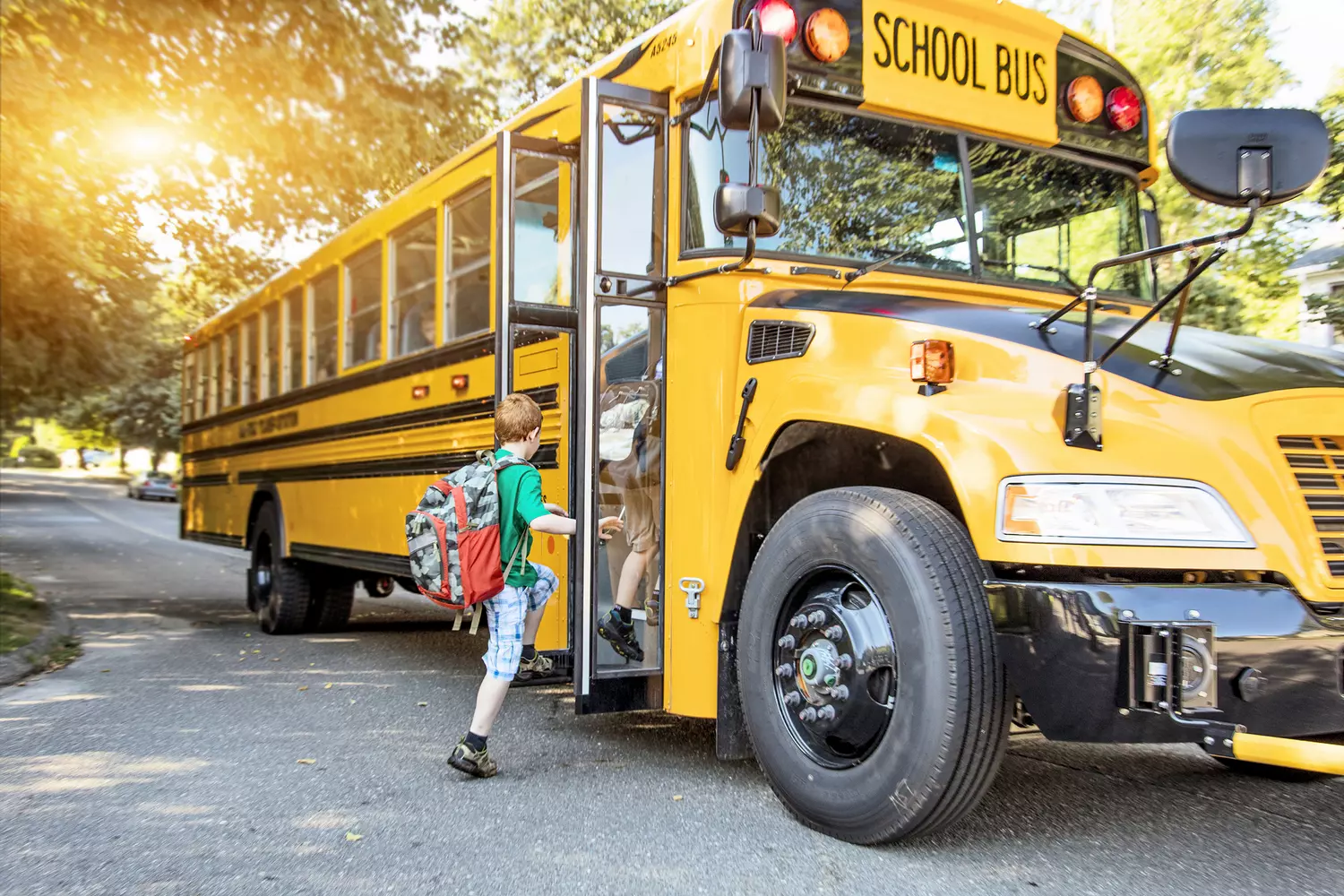Moving to the USA with children presents both new opportunities and a multitude of organizational matters. One of the main concerns is enrolling your child in a local school. The American education system differs from what parents from other countries are accustomed to. Document requirements, vaccination lists, the enrollment process, and adaptation can all seem complex.
In this article, you will find a step-by-step guide to enrolling in an American school. We will break down the necessary documents, mandatory vaccinations, whether testing is required, and what to consider when choosing an educational institution. We will also discuss potential additional expenses and how to help your child adapt to the new environment more quickly.
Choosing a School
Choosing a school in the USA depends on several factors: the type of educational institution, the residential area, educational programs, and the family's financial capabilities.
Types of Schools
There are three main types of schools in the USA:
- Public — free, funded by taxes. They only accept children residing within their district. The quality of education depends on the district's funding.
- Private — tuition-based, and can offer programs of varying levels. Admission often requires an exam or interview.
- Charter — an intermediate option between public and private. They are free but operate under their own programs and may have strict admission criteria.

How to Choose a School
First, it's important to determine your priorities. If a strong academic education is crucial, it's best to consider private or highly-rated public schools. If a non-standard approach to learning is desired, charter schools are worth exploring.
Public schools only accept students based on their place of residence. To get into a strong public school, it's sometimes necessary to move to a different district. Private and charter schools do not have such restrictions, but they may charge an application fee or have a competitive admission process.
Where to Find Information
- The official website of the school district.
- Ratings and reviews on specialized platforms (e.g., GreatSchools).
- Parent forums and social networks.
Visiting the school before submitting documents helps to understand the atmosphere and ask the administration questions. It's important to inquire about the curriculum, extracurricular activities, teacher qualifications, and admission requirements.
Documents for Enrollment
Enrolling in a school in the USA will require several mandatory documents. Requirements may vary slightly in each state, so it's advisable to check the specifics on the school or school district website before applying.
Main Documents
1. Birth Certificate
The school needs to verify the child's age. If the document is in another language, a notarized translation may be required.
2. Proof of Residency
Public schools only accept children living within their district. Typically, one or more of the following documents are required as proof:
- Lease agreement or property deed.
- Utility bills with the stated address.
- Bank statement or letter from an employer.
3. Previous Academic Records
If the child has previously attended another school, transcripts or grade reports will be required. Private schools may request teacher recommendations.
4. Medical Records and Vaccinations
In most states, children must undergo mandatory vaccinations before enrollment. The list of required vaccinations varies by region. If the child was vaccinated in another country, translated documents must be provided, or the missing vaccines must be administered in the USA.
5. Visa Status
US citizens only need a birth certificate or passport. If the child is not a citizen, a visa, green card, or temporary status documents may be required.
Additional Requirements
- Some schools conduct testing in English language and mathematics.
- Private schools may ask for an essay or conduct an interview.
- Additional medical documentation will be required for the enrollment of children with special needs.
It's recommended to check the list of requirements on the school's website before submitting an application to avoid unnecessary delays.
Place your child in a private school in the USA
Vaccinations and Medical Requirements
Before enrolling in a school in the USA, a child must undergo mandatory vaccinations. The school verifies that all required vaccinations have been administered and requires medical documentation as proof. If any vaccines are missing, they will need to be administered before the start of school.
Required Vaccinations
Each state sets its own requirements, but the following vaccines are most commonly required:
- Measles, Mumps, Rubella (MMR) — two doses.
- Diphtheria, Tetanus, Pertussis (DTaP/Tdap) — a complete series.
- Polio (IPV) — three or four doses.
- Hepatitis B — three doses.
- Varicella (Chickenpox) — one or two doses.
- Hepatitis A — in some states.
Additionally, vaccination against meningococcal disease and human papillomavirus (HPV) may be required, especially for older students.
What to Do If Vaccinations Are Missing
If a child has not received all the necessary vaccinations, there are three options:
- 01. Get the missing vaccinations in the USA. These can be administered at a public health clinic, private doctor's office, or immigrant health center.
- 02. Provide a medical exemption certificate if the child has contraindications. This must be signed by a doctor.
- 03. Submit a request for a vaccination exemption based on religious or philosophical beliefs. Some states do not accept such exemptions, and the child may not be allowed to attend school.
Additional Medical Requirements
In addition to vaccinations, schools may request:
- A physical examination by a doctor. Some states require a health assessment before the start of the school year.
- A Tuberculosis (TB) test. This may be required for children arriving from countries with a high incidence of TB.
- A certificate from a dentist. This is sometimes required upon entry to elementary school.
To avoid enrollment issues, it is advisable to find out the specific requirements of the particular state and school in advance.
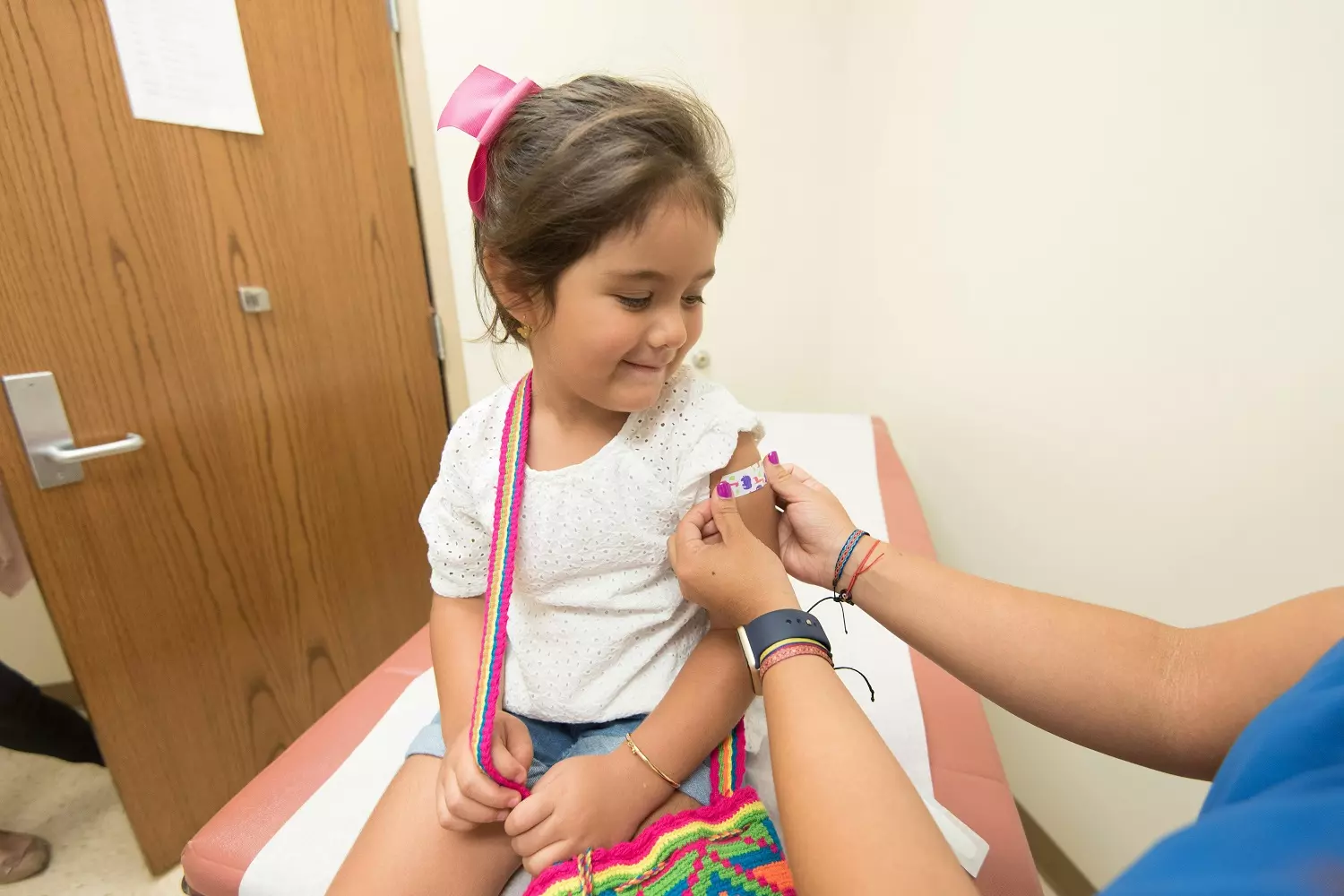
The Application Process
The process of applying to a school in the USA depends on the type of educational institution. Public schools accept students based on their place of residence, while private and charter schools may have a competitive admission process.
Public Schools
Choosing a School
You can find out which school your child can attend on the school district's website. The application deadlines and a list of required documents are also published there.
Submitting Documents
The application can be submitted online or in person at the school administration office. Typically, the following are requested:
- Birth certificate.
- Lease agreement or document proving home ownership.
- Utility bill statement.
- Medical records, including the vaccination list.
- Transcripts from the previous school (if the child has already studied).
Taking Tests
If the child is not a native English speaker, they may be referred for an English language proficiency test. Some districts also conduct assessments in mathematics.
Receiving a Decision
If all documents are in order, the child will be enrolled. Sometimes, additional interviews or adaptation programs are provided for international students.
Private Schools
Choosing an Educational Institution
Private schools accept students not based on their place of residence, but at their discretion. The selection is made based on academic achievements, personal qualities, and the family's ability to pay tuition.
Submitting an Application
The application is completed on the school's website or submitted in paper form. In most cases, the following must be attached:
- An application form with information about the child.
- Grade transcripts for several years.
- Recommendations from teachers.
- Test scores (e.g., SSAT, ISEE).
Interview
School representatives may conduct an interview with the child and parents. Sometimes, they ask for an essay or a logic puzzle.
Receiving a Decision
Private schools review applications individually. In case of rejection, you can try to apply to another educational institution.
Charter Schools
Charter schools operate independently but are funded by the state. Admission is possible through a lottery or a competitive selection process. The application process is similar to that of private schools, but education is free.
When planning enrollment, it is important to clarify the document submission deadlines in advance, as some educational institutions stop accepting applications several months before the start of the school year.
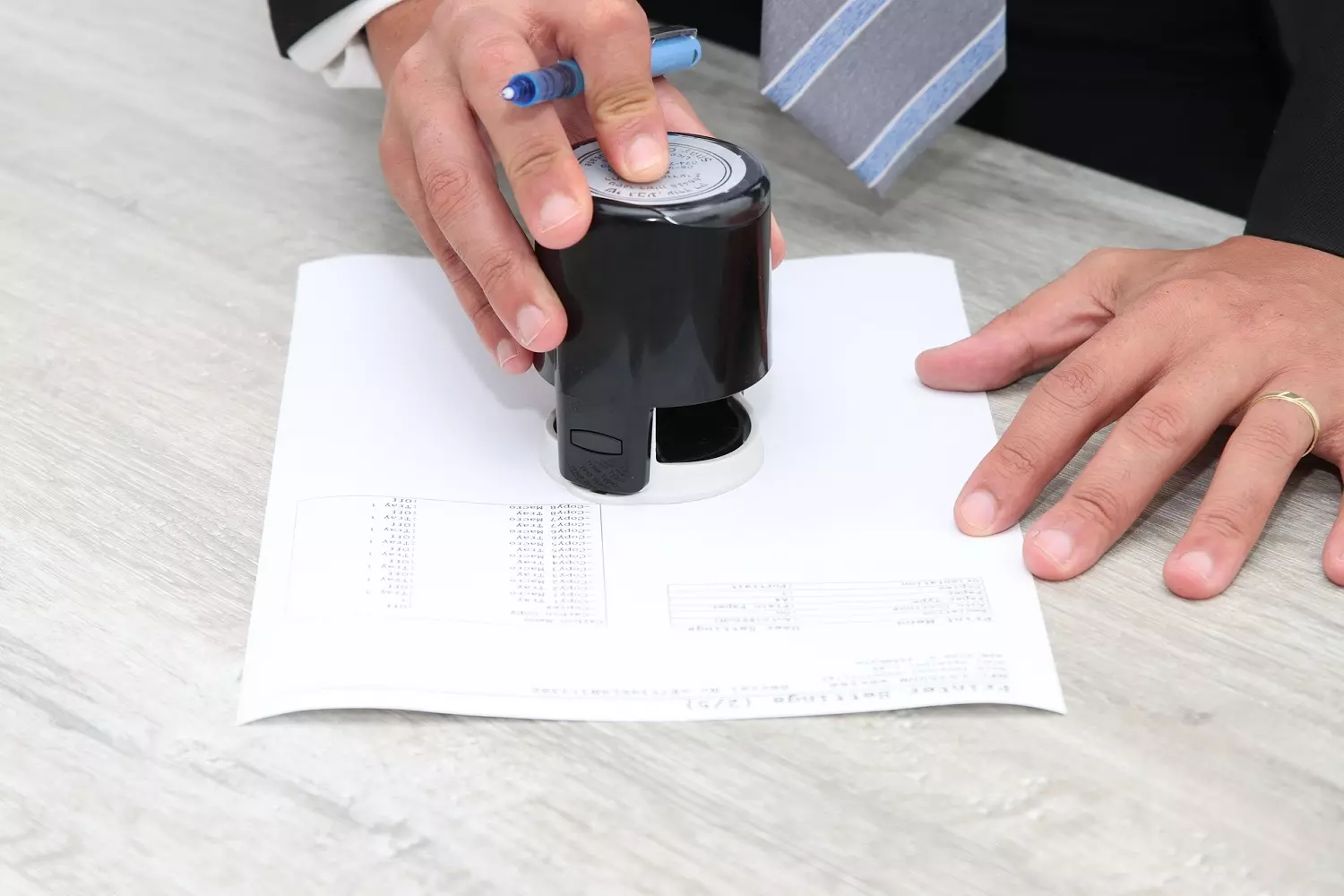
Tests and Knowledge Assessment
When enrolling in a school in the USA, testing may be required. The type and difficulty of the exams depend on the child's age, the type of school, and the state. Public schools primarily test English language proficiency, while private schools assess the level of preparation in several subjects.
Testing in Public Schools
Public schools accept students based on their place of residence, but if a child has recently arrived in the USA or is not a native English speaker, they may be referred for knowledge assessment.
Main Tests:
- WIDA ACCESS — assesses English language proficiency. The child completes tasks in reading, writing, listening, and speaking.
- MAP (Measures of Academic Progress) — a test in mathematics and reading that determines the level of knowledge and helps tailor the learning program.
If the results show that the child has difficulty learning in English, they may be enrolled in a special program for language learning (ELL).
Testing in Private Schools
Private educational institutions accept students on a competitive basis. In addition to grade transcripts and recommendations, schools often require the results of standardized tests.
Most Common Exams:
- SSAT (Secondary School Admission Test) — assesses vocabulary, the ability to analyze texts, mathematical problem-solving skills, and logical reasoning. It is used for admission to private middle and high schools.
- ISEE (Independent School Entrance Exam) — similar to the SSAT but with a different task format. Often used by elite schools.
- TOEFL Junior or IELTS — may be required for international students to confirm their English language proficiency level.
Some private schools develop their own entrance exams, including mathematics, English, and logic problems.
How to Prepare
Test results can influence the school's admission decision, so it's best to prepare in advance. It's helpful to take practice versions of the exams, read texts in English, and solve logic problems.
For younger students, it's important to practice understanding spoken English and written literacy, as language errors can affect the overall score. Older students should focus on mathematics and developing analytical thinking.
Private schools often assess not only tests but also the child's motivation, so during the interview, they may ask about their interests, goals, and future plans.
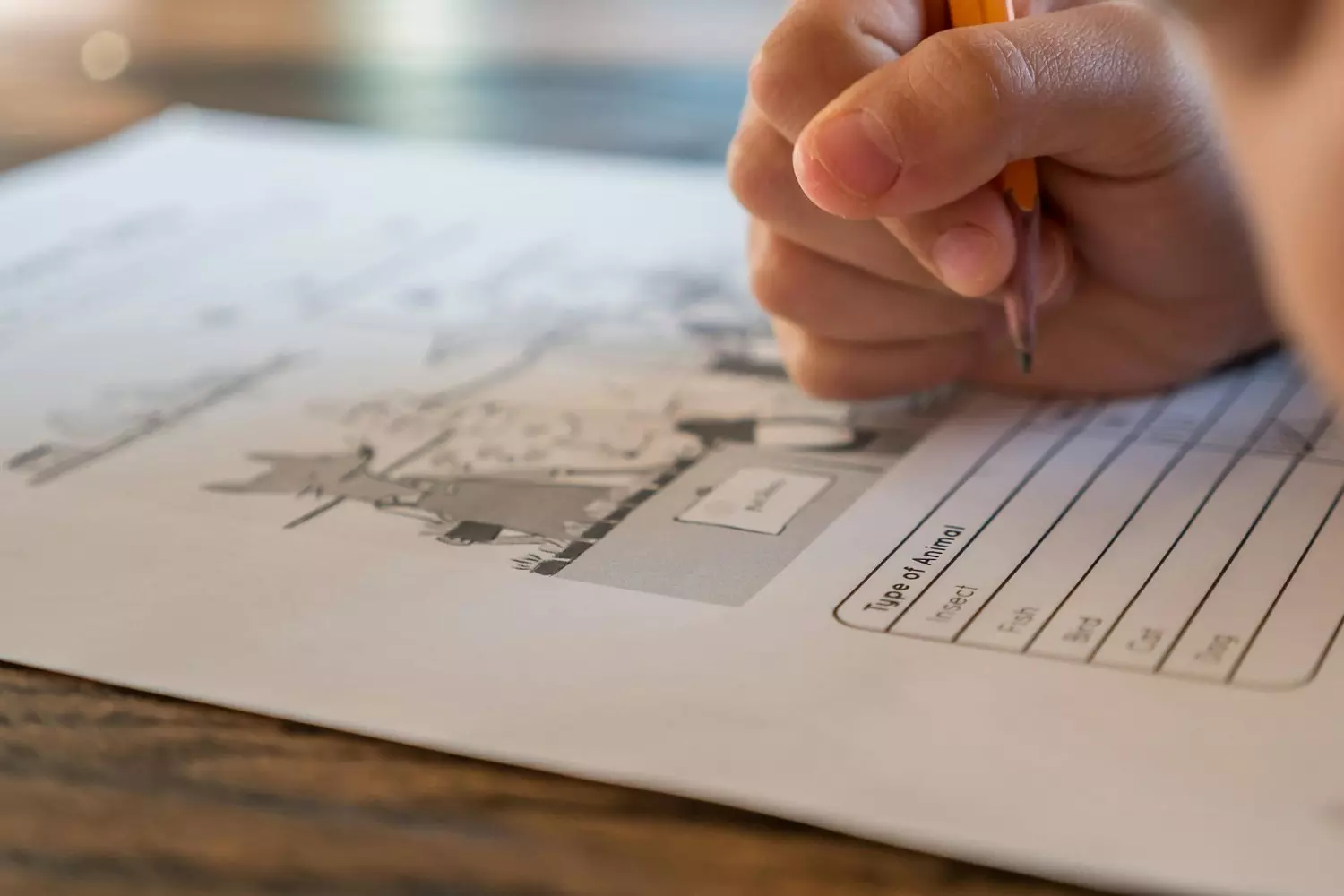
Preparation Before Starting School
After successful enrollment in a school, it's important to prepare for the new academic year. Parents need to finalize all documents, buy the necessary supplies, and the child needs to adapt to the new education system.
Finalizing Documents
Before classes begin, the school may request additional paperwork:
- Medical records with vaccination information.
- Recent physical examination results, if required by the state.
- Documents confirming residency (e.g., lease agreement or utility bills).
- An information form with parent contact details and emergency numbers.
If the child attended school in another country, it's best to translate and notarize transcripts and teacher references in advance.
Purchasing School Supplies
At the beginning of August, schools publish lists of required items. These may include:
- Backpack, pencil case, notebooks, and folders for documents.
- Stationery (pens, pencils, erasers, rulers, markers).
- Textbooks, if they are not provided by the school.
- Uniform or clothing that complies with the school's dress code.
Some schools require a laptop or tablet. In this case, it's important to clarify which programs need to be installed before classes begin.
Getting Acquainted with the New School
If the child is going to a new school, it's helpful to show them the building, the route to school, and the class schedule in advance. Many schools offer orientation tours and meetings for newcomers.
It's useful to study the school's rules, holiday schedule, homework requirements, and grading system. Private schools may have additional subjects, clubs, and sports sections that can be signed up for in advance.
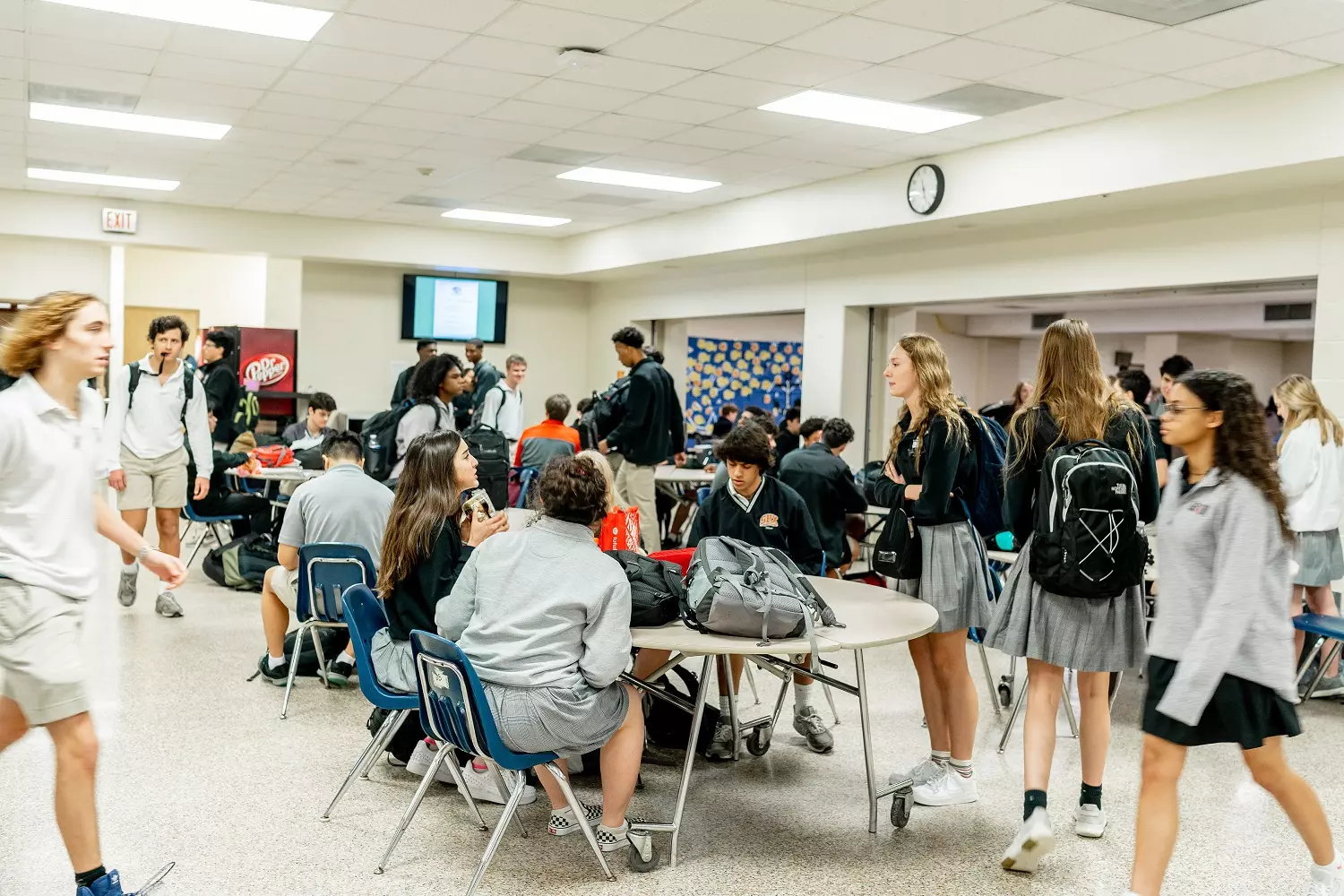
Child's Adaptation
Moving to another country and a new school is a significant change in a child's life. They face an unfamiliar education system, a language barrier, and cultural differences. The better the preparation, the easier the adaptation will be.
First Days at School
In the first few weeks, the child may feel insecure. It's important to support them, discuss their impressions, and help them cope with difficulties. It's helpful to explain school rules in advance to avoid unpleasant situations.
If the school is large, it's best to look at the building map beforehand and explain where the classrooms, cafeteria, library, and gym are located. If the child doesn't speak English well yet, you can learn a few phrases that will help them communicate with classmates and teachers.
Language Barrier
If the child is not fluent in English, the initial period will be more challenging. Most schools have special support programs. Students for whom English is not their native language can receive additional help in learning the language.
To speed up the process, you can:
- Read books in English and watch movies with subtitles.
- Use language learning apps.
- Communicate with classmates, even if it's difficult at first.
Finding Friends
It can be difficult for newcomers to integrate into already formed groups. It's important to explain to the child that making friends is a gradual process. Sports sections, interest clubs, and school events help to find common ground with peers more quickly.
If the child is experiencing difficulties in communicating, you can discuss different situations with them and suggest phrases that will help maintain a conversation. The main thing is not to rush the process and not to demand immediate success.
Emotional Support
Adaptation takes time and doesn't always go smoothly. There may be times when the child will miss home, get upset about bad grades, or have conflicts in class. It's important to show that the family is always there and ready to help.
It's helpful to:
- Ask every day how their day went, what was interesting and difficult.
- Support their initiatives, praise them for any successes, even small ones.
- Remind them that things will get easier over time.
Enrolling in school in the USA is not just about collecting documents and taking tests. It's important to think through all the stages in advance: choose an educational institution, prepare the child, and support them in the initial period. Over time, the new school will cease to be something unfamiliar, and the learning process will become routine. The calmer and more confident the child feels, the faster they will adapt to the new environment.































